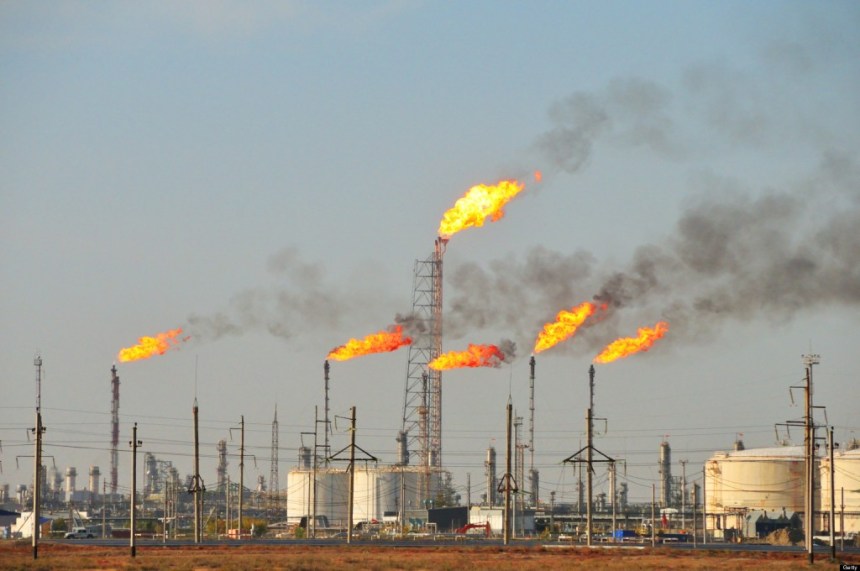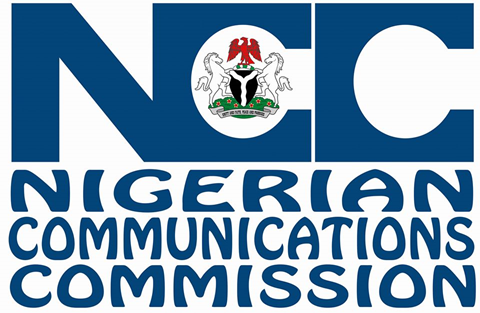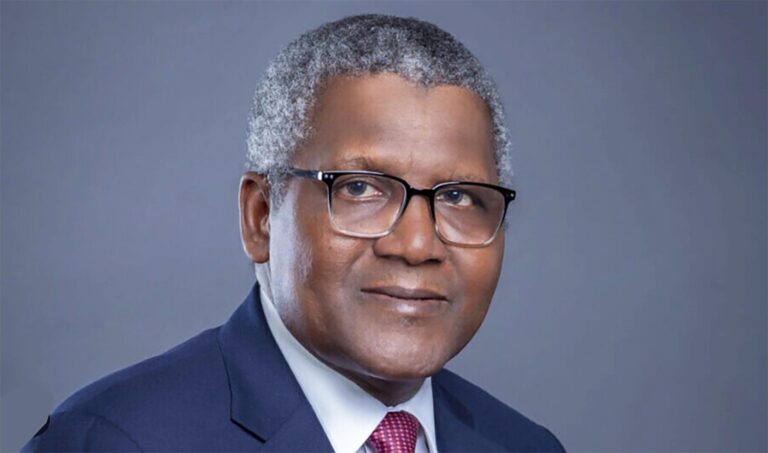Seplat Petroleum Development Company Limited is hopeful of bringing on stream its Amukpe-to-Escravos pipeline before the end of this year.
The company said the 160,000 barrels of oil per day (bopd) pipeline is at the commissioning phase, with hydro testing which began early July. Completion and export of oil to the permitted capacity of 40,000 bopd is expected in the fourth quarter (Q4) of the year, it added.
According to documents from the company, the company’s policy of creating multiple export routes for its assets has resulted in it actively pursuing alternative crude oil evacuation options for production at oil mining leases (OMLs) 4, 38 and 41 and potential strategies to further grow and diversify production to reduce any over-reliance on one particular third party operated export system.
To add to the Trans Forcados Pipeline system and the backup export via the Warri refinery, the Amukpe to Escravos 160,000 bopd capacity pipeline is set to provide a third export option for liquids production at OMLs 4, 38 and 41. The pipeline owners, National Petroleum Investment Management Services (NAPIMS), a 100 per cent subsidiary of the Nigerian National Petroleum Corporation (NNPC), Pan Ocean Corporation Limited (Pan Ocean) and the pipeline contractor FENOG are responsible for completion of the pipeline, which has seen delays to date.
The completion of the project is in sight. The hydro testing of the 20 inch pipeline, which involves pigging to remove any debris which has accumulated in the construction, followed by flowing water under pressure from the injection point at Amukpe to the Escravos terminal began in early July, and the current flow rates have confirmed the integrity of the pipeline.
Final works within the Escravos terminal are underway, which includes the tie-in of the LACT measurement unit into the Chevron control system and with commissioning expected to be completed during the third quarter (Q3) of this year with export of oil to the permitted capacity of 40,000 bopd in Q4 of 2019, the company said.
According to the management, it is Seplat’s ultimate intention to utilise all three independent export options to ensure there is adequate redundancy in evacuation routes, reducing downtime which has adversely affected the business over a number of years, significantly de-risking the distribution of production to market.
Also, the management noted that in first half of this year (H1 2019, Seplat lifted and monetised an equivalent of 266,000 barrels of oil from OML 55, which resulted in a receipt of $17million. As a result of this, the carrying value of the investment in the balance sheet was consequently reduced to $150million.
“Alongside its oil business, the company has also prioritised the commercialisation and development of the substantial gas reserves and resources identified at its blocks and is today a leading supplier of processed natural gas to the domestic market in Nigeria.
“With overall operated gas processing capacity standing at 525 million standard cubic feet per day (MMscfd), the company is actively engaged with counterparties to increase contracted gas sales with the intention of taking gross production towards the 400 MMscfd level on a consistent basis. Of the 525 MMscfd total processing capacity, 465 MMscfd is located at Oben with the remaining 60 MMscfd located at Sapele. The 375 MMscfd expansion at Oben (Phases I and II) was completed by Seplat as a 100 per cent investment project. The gas processing capacity expansion is also designed to allow the company to accept third party gas and receive a processing tariff,” the management added.
On its balance sheet and cash flow generation, the company said that cash at bank as at 30 June 2019 was $433 million; gross debt $350 million and net cash $83 million with $225 million un-drawn headroom on the four-year revolving credit facility.
Net cash flow from operations in H1 2019 stood at US$255 million as against capital expenditure (capex) of US$28 million while full year 2019 capex guidance was revised downwards to US$150 million.








